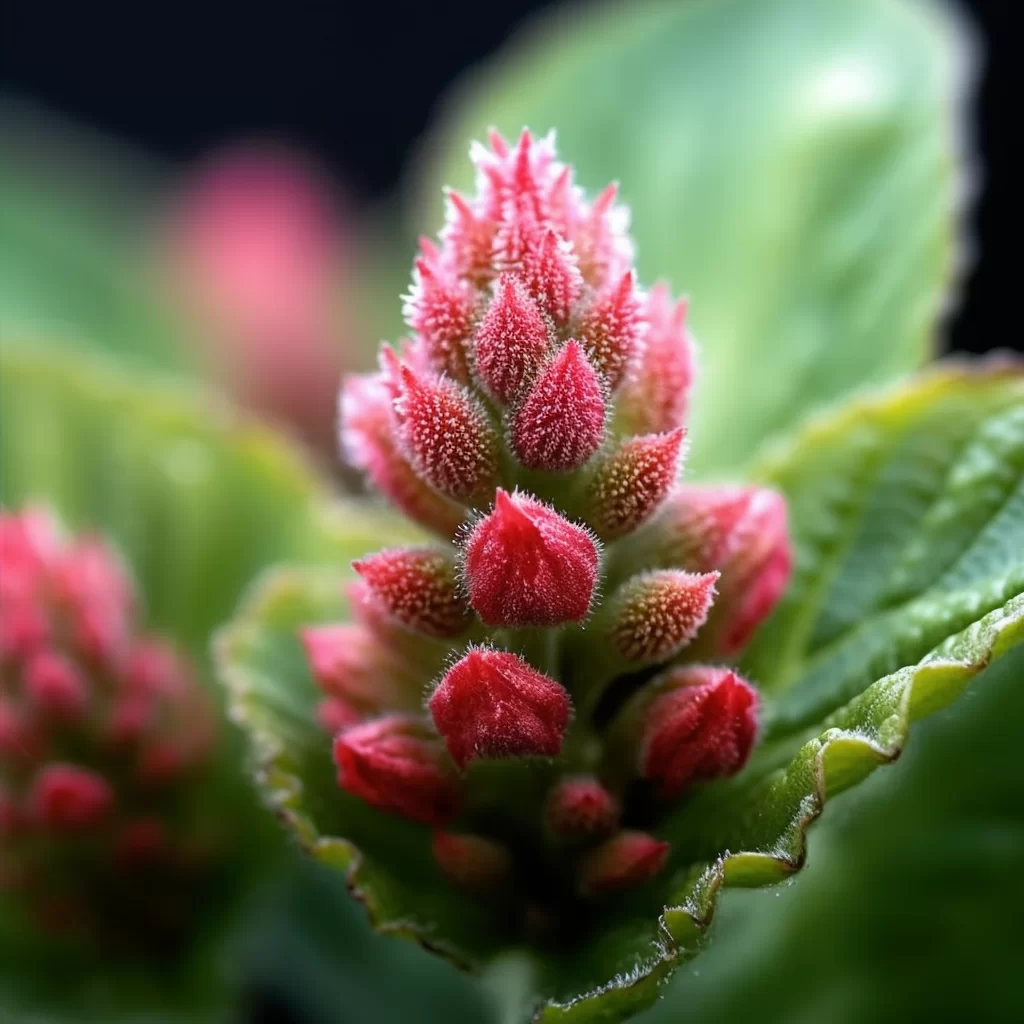Story of Day :
Contents
The Complete Guide and Care Tips for The Butterbur Plant
If you are looking for a plant that can add personality and charm to your garden, then the butterbur is an excellent option.
Known for its unique leaves and medicinal properties, this perennial plant has been around for centuries.
In this article, we will explore everything you need to know about the butterbur plant, including its characteristics, growing requirements, and care tips.
What is Butterbur Plant?
The scientific name of butterbur is Petasites hybridus.
It belongs to the Asteraceae family of plants and is native to Europe and Asia.
This herbaceous perennial can grow up to 4 feet tall with broad green leaves that resemble rhubarb leaves but larger in size.
Characteristics of Butterbur Plant

- The leaves of this plant are large- up to 3 feet wide.
- The flowers bloom in early spring before the foliage appears.
- The flowers are pink or white in color.
- The underground stem or rhizome of the butterbur contains active compounds that have medicinal applications.
Growing Requirements for Butterbur Plant
Butterburs prefer cool temperatures and moist soil conditions.
They thrive well in soils with high organic matter content.
- Sunlight: Like most shade-loving plants, they prefer partial shade though they can tolerate full sun if provided enough moisture around their roots.
- Soil: Soil pH should range from neutral (6.5-7) with plenty of water drainage since they love moist but not wet soil conditions.
- Fertilizer: In spring, you can add compost or slow-release fertilizer to give them the nutrients they need to grow.
- Watering: Butterbur plants love moist soil conditions, so regular watering is necessary.
However, be careful not to overwater them since they can easily develop root rot.


Care Tips for Butterbur Plants
- Pest control: Snails and slugs are known to feed on the butterbur plant’s leaves.
You can use organic methods like diatomaceous earth or hand-picking these pests from your garden.
- Disease control: Symptoms of powdery mildew include a white powder on leaves with browning edges.
Spray with fungicide immediately you notice these symptoms present
- Maintenance Pruning: Remove yellowing leaves and dead flower heads as soon as possible.
- Dormancy care: In autumn, after flowering when foliage starts to yellow, cut stems down near ground level before the first frost arrives and mulch around the clump for winter protection.

The Medicinal Benefits of Butterbur Plant
The butterbur plant contains petasin compounds that help alleviate migraine headaches and treat allergies.
A study conducted by Neurology showed that people who took petasin supplements had fewer migraines than those who did not take it at all.
The Bottom Line
If you are looking for a unique plant that has medicinal properties and is easy to grow in your garden bed or container garden, then the butterbur plant is an excellent choice.
It requires little maintenance once established but thrives in moist soil conditions with partial shade exposure while enjoying somewhat cool temperatures.
With proper care, you can enjoy the benefits of this plant year after year!